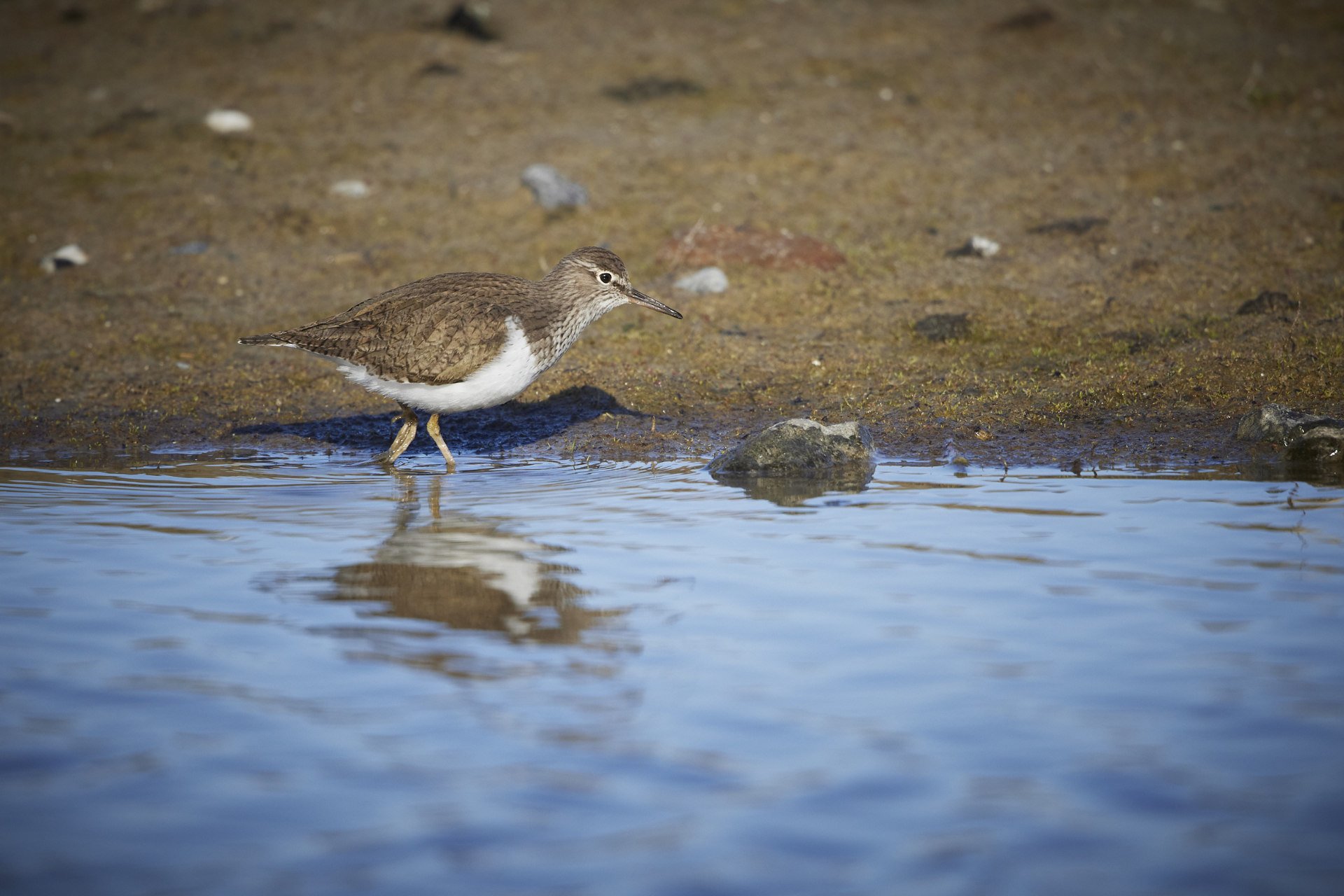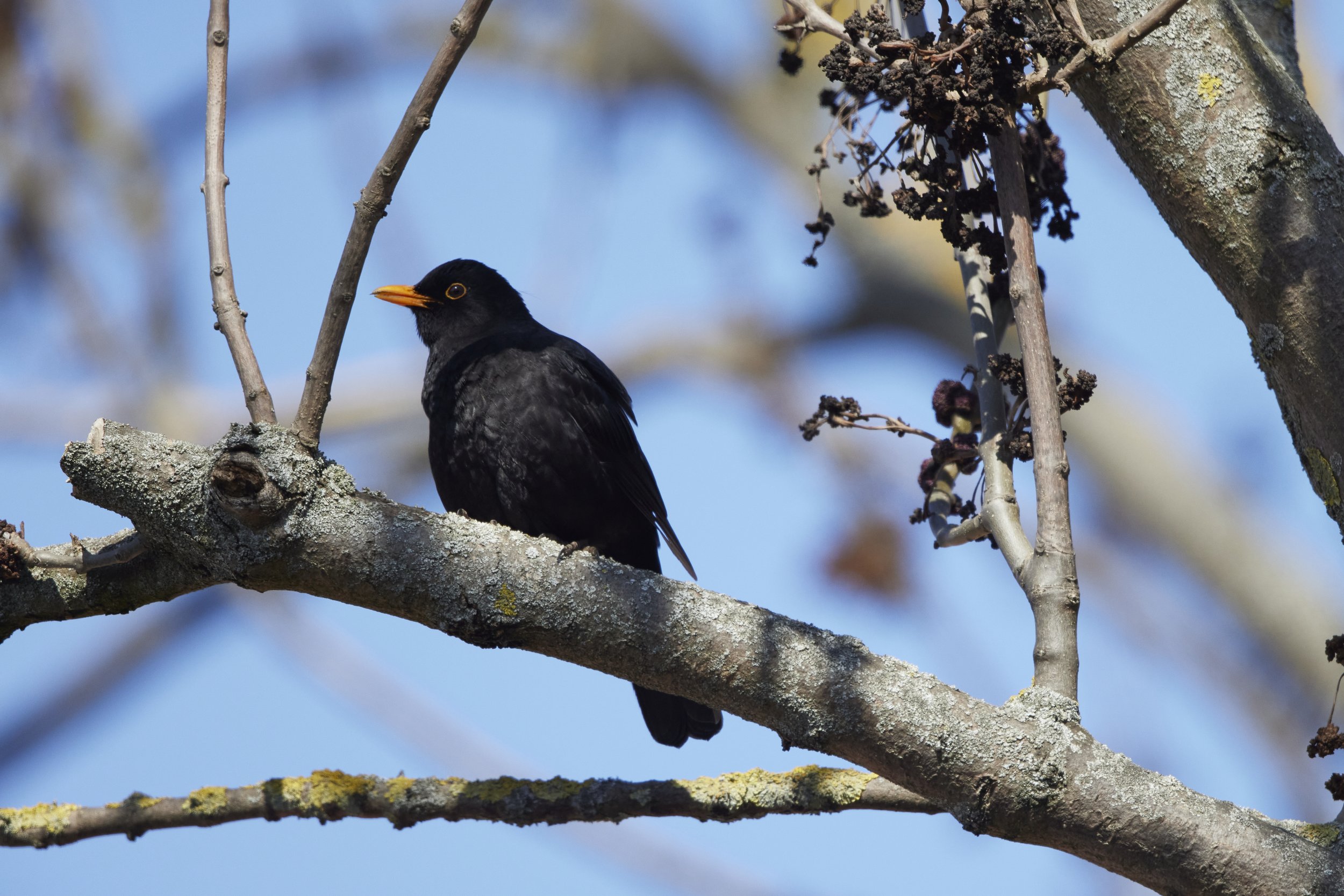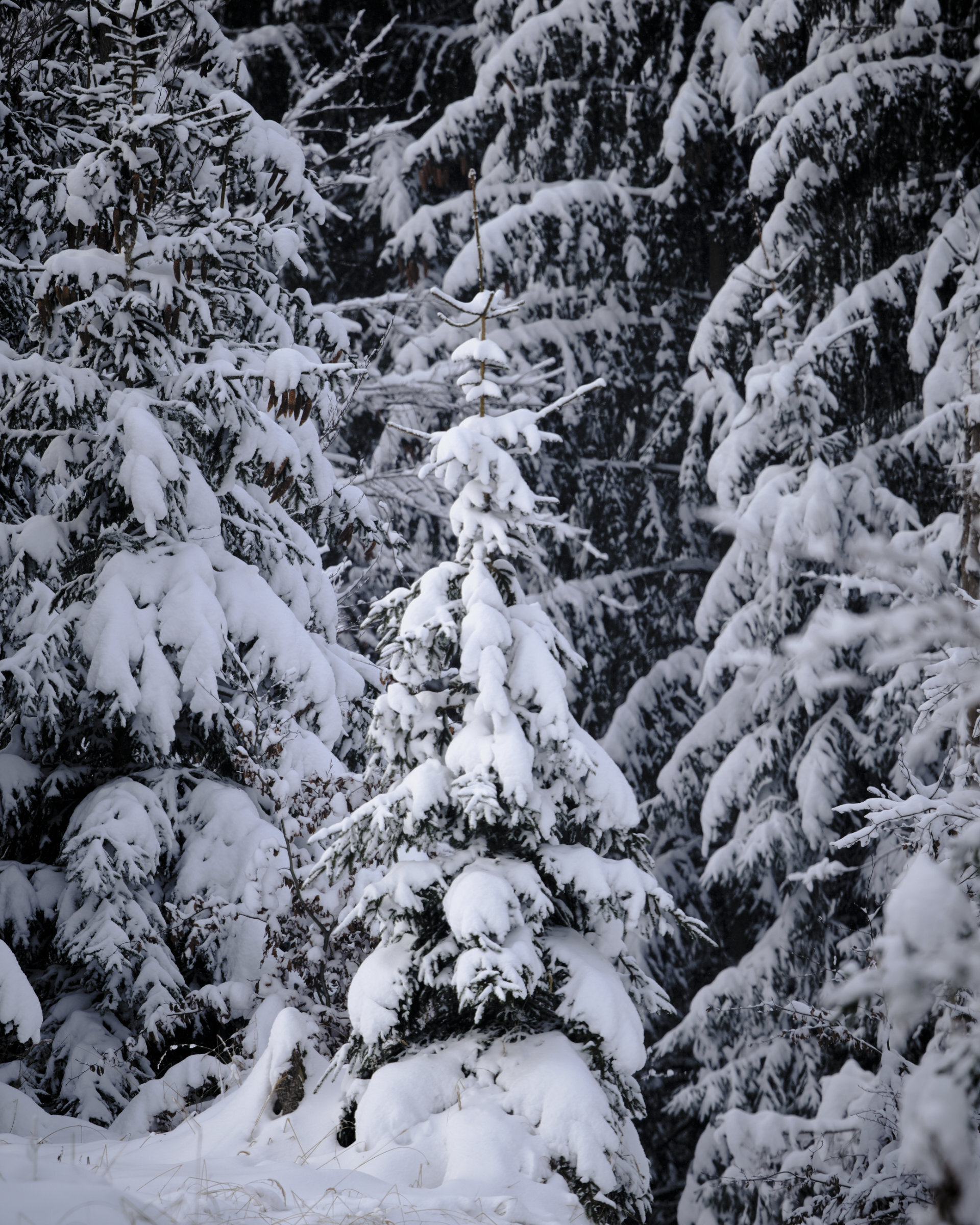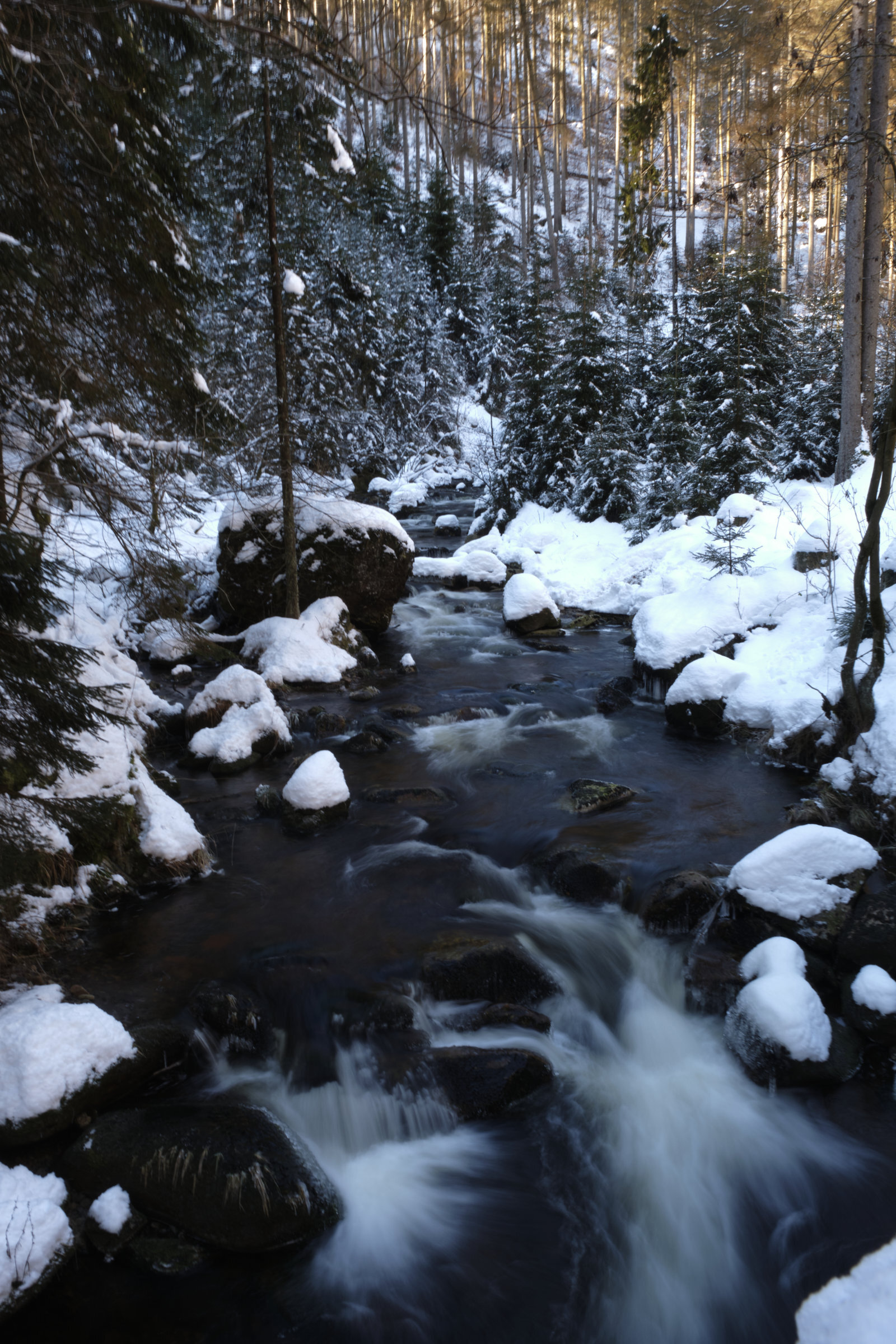It’s now one year ago that I fulfilled myself a dream I harbored for some years. I went to Dovrefjell to hike and photograph the only muskoxen (Ovibos moschatus) this side of the Atlantic or Arctic Ocean - in beautiful autumnal colours. Or so I thpught. Other than the year before, Covid did not interfere (read the 2020 story “No Muskoxen in Gränslandet” here) and off I went north.
You may have read here before that I am into trekking and long-distance hiking. This time I wanted to check the area close to the E6, the primary street between Oslo and Trondheim, first with only small gear, find or not find the muskoxen and then decide whether to stay in one place or make a hike through the area. My basecamp for the first few days that I planned to roam both sides of the street would be my car until I knew where to stay longer.
From utter joy to frustration and rage in just some hours time
All went to plan - or nothing. I found a herd with eleven animals after only six hours of hiking. It was breathtaking, awe-inspiring, pure happiness. I cried. I called my love at home to share my joy. It has been a rough year, but now I felt so fortunate. I was so fortunate. Me in my happy place.
The herd was about a kilometre away. I decided not to go much closer than 600 metres. Then I watched those stunning animals. I just sat and watched and waited for them to come closer. I did not want to disturb them. Only watch the herd and its behaviour in its natural environment. I did get a few half decent pictures. The autumnal colours were nothing short of phenomenal. But photography was not my focus. Watching, observing, absorbing the moment. I had plenty of time. I would come back tomorrow and stay longer. But first, I had to go back to the car. I did not dear to dream to find the herd so soon, so I had no sleeping gear with me.
Back I went. Only a few hours later, I stumbled into another herd. Well, not really. I saw it from a vantage point around 60 vertical metres above and around a kilometre away. It was still a little light. Plenty light for the binoculars. I could resume my path in the dark. I just wanted to watch the herd eat and then go to sleep. And then, I saw them. Two photographers quickly approaching the herd. Carrying their big white lenses like guns pointing straight at the poor animals.
How on earth can you be so ignorant?!
The two photographers went closer and closer. 200 metres, 100, 50, 30, maybe even closer. Then, standing upright, pointing their tools down, they started photographing. Moving into the herd. I was concerned for their safety, but I felt so sorry for the animals, too. The herds behaviour clearly changed in the process. First, it stopped feeding. Then, it withdrew a bit. The animals moved closer together. Then, they formed its defensive formation. Nothing stopped the photographers.
When you enter the region, every few hundred metres you stumble over a signpost. Musk oxen. Be aware. Don’t get too close. Leave them space. Don’t get closer than 200 or 300 metres. Let the animals come to you. Common sense, you should guess. Not for those two. I was wondering if they were plain ignorant or compelled to the prospect of five minutes glory - back on Instagram. Everyone wants to show off stunning muskoxen imagery on Instagram. Me, too. I could not dismiss this thought.
Would I really want to be part of this?
A rest day, a thought day
Next day, a storm rolled in. It was already freezing when I came, now it was raining cats and dogs, lightning and thunder. I decided to wait this storm out. It should only be a day and I found a nice campsite (Magalupe camping. Highly recommended!). I called my love again and we shared our thoughts. I really did not want to be part of this. But the very moment I would post my images, I would be. We settled on a reassuring wait and see. At least I wanted to visit “my herd” again. It was much more remote and far down into the area. Maybe this was a singular experience.
The weather forecast was fine. So I visited “my herd” again. I took the same approach. I positioned myself so that when the herd would come down the valley, it would have the chance to approach me or avoid me at own will. It did not approach me. I took some environmental shots, made lunch and waited.
Two hours later, a guide lead a group of four to the spot. They did alright, left the muskoxen be, pitched there tents, talking audibly, buzzing for excitement. A Friday. Weekend with the finest of fall weather to come. I decided to leave. I did not want to stay here with ten or 20 other photographers like in a zoo. A friend of mine has a mountain hut some hours drive away. Her and her family were there for the weekend. We wanted to do a hike together anyways. We could as well do it over there.
Like life in a zoo
On my way back to the car, I saw seven tents already pitched. Maybe they weren’t photographers at all, just regular locals or tourists like myself looking after some friluftsliv. Perfectly fine, but not for me. Not this time. I had all this preconceptions. Out alone in the wild. Like it has been so often in Norway or Sweden. But the muskoxen are superstars. They attract visitors from near and far. This part of the Dovrefjell national park is definitely not your typical bit of Scandinavian escapism.
I met the guide I had seen earlier. A very friendly, heart-warming, responsible guy. We had a good chat over a cup of coffee from our thermos. He would bring another group in later this evening, he said, and another three groups tomorrow. The autumnal season peak. Everyone wanted to see or photograph the stunning animals from primeval times now. I do not begrudge him his job. He has to make a living there. In another place and another time, I might have even dreamed of this job myself. At least he would instruct all other visitors to be responsible. All good. But I could not help, but feel like I was in a zoo.
Epilogue
I did not share the story of this trip or its images publicly prior to today. It did not feel right. It did not feel in line with my nature photography ethos. Maybe I am self-righteous. I am part of the problem, too. Travelling thousands of kilometres for my dream images. Sharing it all over the world. Encouraging others to do the same. Well, I am not a world famous photographer. The number of people, who read my blog or follow me on social media is small. But still. On the other hand, I did well. I did not approach or disturb the animals. No image is worth that. I let the animals decide whether to accept me or not. They did not. I took some images I hold dear. Today I share it. But I learned a lesson, too. To value each image more. And not to visit hotspots at rush hour. Be content with the roe deer in my backyard rather than chasing a dream that thousands of others chase, too. And maybe come back in winter. With a pulk. When it’s cold and harsh. When you have to earn your images.
All turned out well. I got to know a part of this beautiful land that I did not know before. But this is another story.
Thankyou N for all your support not only during this trip and being with me.












































































































